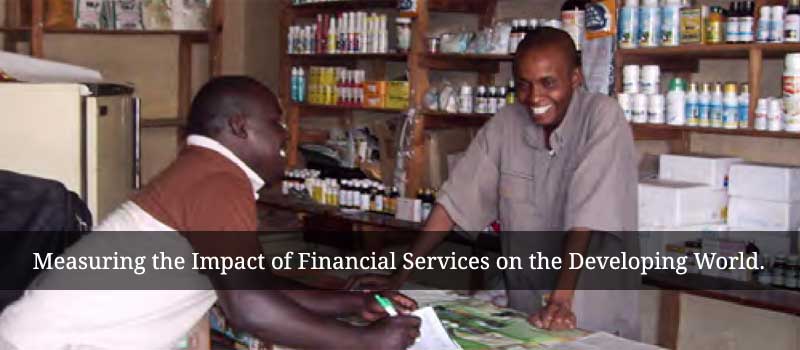Transforming Mobile Money Into Food In Kenya
There is potential for M-PESA to feed rural Kenyans, says the study conducted by The IRIS Center at the University of Maryland, College Park on the community effects of M-PESA in Kenya.
Improvements in food security emerged as one of the four major effects of M-PESA. While the other three effects — money circulation, transaction ease, and security of money — mirror M-PESA's marketing campaign as a fast, safe, easy, and affordable way to send and receive money, the food security effect was intriguing. The food security result is important since USAID (2010) reports that recurrent seasons of failed or poor rains, sustained high food prices, environmental degradation, outbreaks of disease, and flooding have led to deteriorating food security conditions throughout Kenya, leaving an estimated 3.8 million Kenyans highly food-insecure. Food security refers to sustained food production, and access to and consumption of adequate and nutritious food by most households to lead a healthy life.
M-PESA (mobile money) is an agent-assisted, mobile phone-based, person-to-person payment and money transfer system that was launched in Kenya in 2007. It quickly grew and has become the most well-known system of its kind in the developing world. In May 2011, over 14 million people were M-PESA users, enabling them to send money in electronic form, store money on their mobile phones in an electronic account, and deposit or withdraw money in the form of hard currency at any of the 24,000 nationwide M-PESA agent locations. The link between M-PESA and food security is, however, not as straightforward as the three other major community-wide effects of M-PESA that IRIS found (money circulation, transaction ease and security of money). The other three major effects, nonetheless, produce an environment that could facilitate improved food security. As a result, food security effects are noticed in improved food production, and in access to and consumption of diversified foods among the households that receive remittances through M-PESA.




